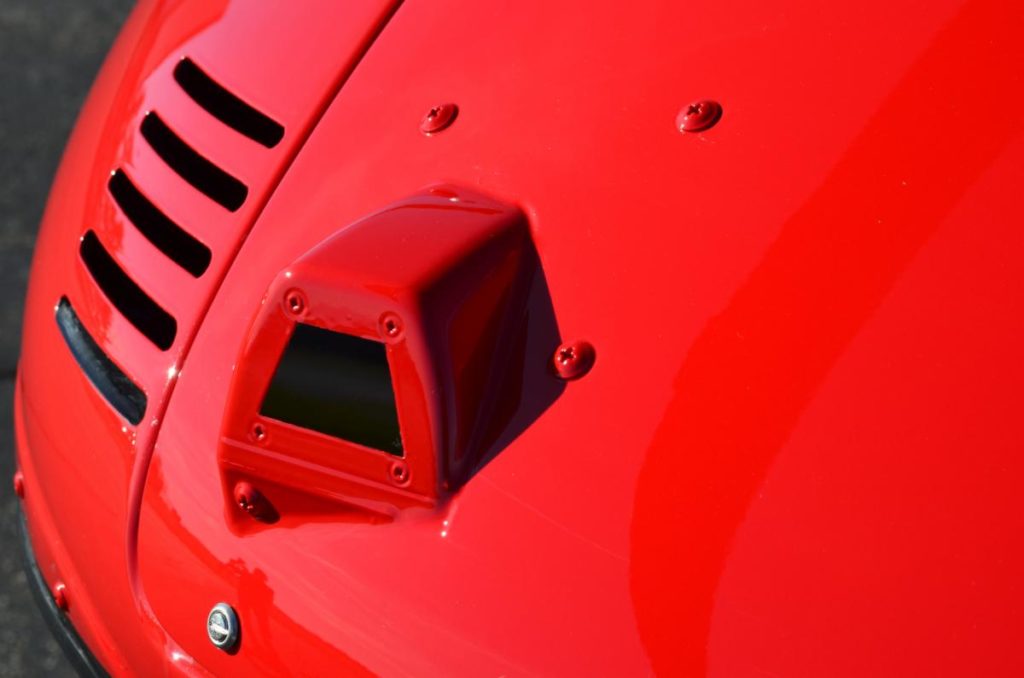Estimated reading time 2 minutes, 46 seconds.
Astronics Corporation, a leading provider of advanced technologies for global aerospace, defence, and other mission critical industries,

announced today that an amended Supplemental Type Certificate (STC) has been approved by Transport Canada Civil Aviation (TCCA) for its Max-Viz 1400 and 1200 Enhanced Vision Systems (EVS) on Bell 407 helicopters.
Astronics expects that the U.S. Federal Aviation Administration (FAA) validation will follow within six months. Astronics obtained the approval for its MaxViz 1400 and 1200 EVS in co-operation with AVIO dg in Calgary, Alta. The first installation of the certified Max-Viz 1400 equipment is on a Bell 407GXI, for a VIP client, by Wysong Enterprises, Inc.
“The Astronics Max-Viz technology provides pilots with an unprecedented level of situational awareness and safety,” said Tom Geiger, Max-Viz business unit director for Astronics. “We worked closely with AVIO dg to get this technology approved for daily missions on Bell 407 series helicopters,” he added.
Astronics’ Max-Viz 1200 and 1400 systems are lightweight, solid-state, low power, and feature an uncooled thermal camera. The sensor image displays on any cockpit equipment that accepts NTSC or PAL/Analog RS-170 video signals, including MFDs (Multi Function Displays), PFDs (Primary Flight Displays) or on standalone displays depending on aircraft configuration.
Max-Viz 1400 installation is approved for daily missions on Bell 407 series helicopters.
Astronics’ Max-Viz EVS provides improved safety through enhanced vision, enabling pilots to see more precisely in adverse weather conditions, such as haze, smoke, smog, and light fog, even on the darkest night. At night, pilots can also see and avoid clouds for a smoother ride. While landing, pilots using the Max-Viz EVS can identify the runway and view the terrain clearly to avoid wildlife and unlit obstructions.
A ruling from the FAA permitting properly equipped aircraft to fly certain Instrument Flight Rule (IFR) approaches to landing, in lieu of natural vision, has recently driven additional acceptance of EVS technology. Of the over 3,500 installed Astronics Max-Vis EVS systems, approximately 60 per cent are on fixed-wing general aviation aircraft and 40 per cent are operating on rotary-wing aircraft. With Supplemental Type Certificates in both aircraft types, Astronics offers products built on more than 15 years of success in enhanced vision systems.
Astronics will display these and other enhanced vision systems at Heli-Expo this week, booth 3816, from January 27-30 in Anaheim, Calif.








